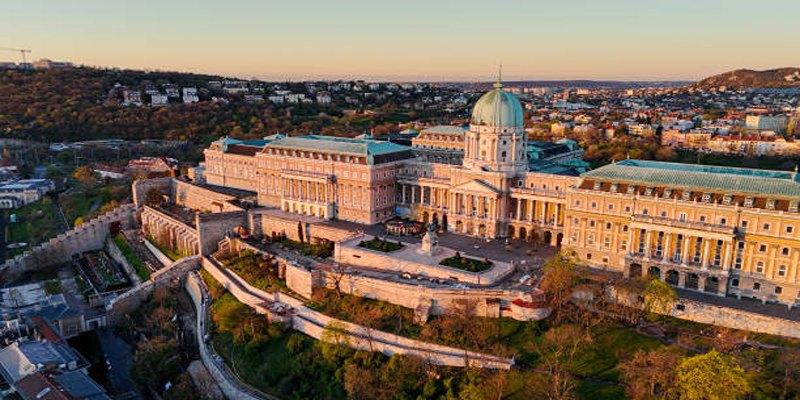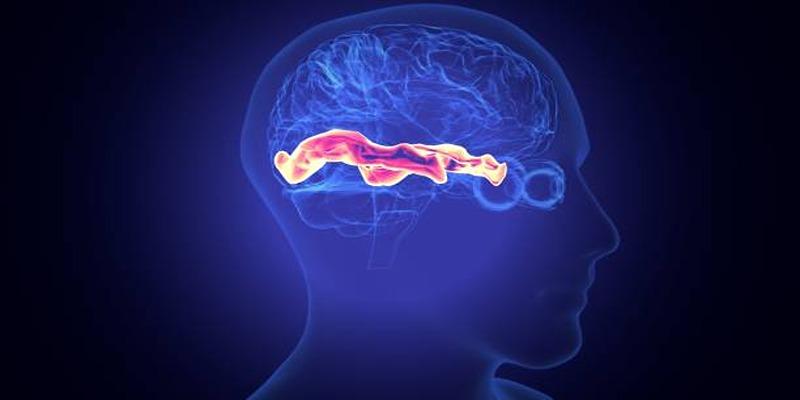Budapest surprises the visitor with its amazing architecture, both Gothic Revival churches and Art Nouveau beauties! Along with legendary thermal baths and the building of the parliament, the city features a rich design industry that tries to integrate historical, as well as innovative, elements. Even if not a design expert, but just an average tourist, you should not leave Hungary without visiting these seven places, which will change your perception about the capital.

The Szechenyi Thermal Baths are more than a resting area, they are a masterpiece in terms of how practical design can be made works of art. This Neo-Baroque complex was built in 1913, as marked with luxurious yellow facades, innovative tile usage, soaring to the sky interior areas that cause bathing to become a ritual.
The lakes, on which the chess players play winter even, show the ways in which considerate design produces neighbourhoods. Steam dreams up as an outcome of the mineral filled waters and far and away architectural deliveries surround the city sky make. As you can see, the architects have juxtaposed wide portals and narrow bypasses to create grandeur and coziness.
Design elements to observe: Ceramic tile patterns, iron and glass canopies, symmetrical courtyard layouts, and the integration of indoor-outdoor spaces.
Located in City Park, this undulating glass roof of the House of Hungarian Music was opened in 2022 breaking through the restrictions of architecture and design, and seems to move in a way that resembles sound waves. Japanese architect Sup Fujimoto devised this cultural center so as to obscure the boundary between the interior and exterior thus building a structure that breathes in sync with the adjoining park.
The most notable aspect of the structure is the floating glass roof that rests on seven slender columns and makes visitors walk under canopies of trees that appear as being growing through the building. The variety of interactive sound installations within the space provides evidence of how design can be visual and auditory. The sustainability of the building (such as geothermal heating and rainwater collection) reflects the way modern designing can celebrate the importance of environmental accountability.
Design highlights: Parametric architecture, seamless indoor-outdoor integration, interactive sound design, and sustainable building technologies.
The Great Market Hall was made in 1897, and it demonstrates how utilitarian architecture may be made beautiful using plain materials and considerate detail. The roof tiles of the building that are made of Zsolnay ceramic form a geometric design that is observable all over the city and the iron skeleton inside the interior displays engineering skills of the late 19th century.
The market has three levels which provide varying experiences inside. Three vendors sell paprika and local produce across iron arches leading to clerestory windows in the ground floor. On its upper floor, there are stalls of folk art under trussed roofs. This room demonstrates that design functions work and the rooms do generate mood.
Notable features: Zsolnay ceramic tilework, iron and glass construction, natural ventilation systems, and the integration of commercial and cultural functions.
New York Café is often cited as the prettiest café in the world, which reopened in 2006 following refurbishment that kept all the finer details of its is gilded splendour intact of 1894. The floors are covered with marble columns, crystal chandeliers, and frescoed ceilings that almost overwhelm a person with the sensory experience.
What is peculiar enough about this space to be appreciated in terms of design is the manner in which each surface is given similar attention. Wood panels are carved into waves leading to painted ceilings with the multiplication of light and space by mirrors. The café is a good example of how the spreading away approach to design can effectively work when applied with accurate and quality materials.
Design elements: Gilded plasterwork, Venetian mirrors, hand-painted frescoes, and the layering of patterns and textures.
FUGA sits on a refurbished 1930s structure that was used as the Budapest Stock Exchange. The modernization by Puhl Antal and Associates saved the Art Deco bones of the building but added modern exhibition spaces to convey modern design in Hungary and abroad.
The center organizes urban planning, sustainable design and architectural innovation exhibitions on a regular basis. The very construction building turns into the means of learning due to the ability to adapt with preservation of the past and to be used as the means of a new utilization. The spaces of the observation of modern work are dynamic because of the contrasting features between the restored terrazzo floors and the modern lighting systems.
Key aspects: Adaptive reuse principles, exhibition design, integration of historical and contemporary elements, and flexible gallery spaces.

The sprawling compound of Buda Castle marks a history of architecture, having medieval beginnings in the 13th century and Baroque extensions in the 18th century. Following damage and subsequent reconstruction after World War II, the complex now contains the Hungarian National Gallery in spaces that attest to the role of an institutional design in healing both an art and a building.
The gallery spaces have vaulting ceilings with artificialized natural lighting that enhances classical as well as modern Hungarian art. The building terraces provide inspiring views of the Danube and Pest, and can demonstrate the way in which architecture can provide definition to landscape, as an art.
Architectural highlights: Medieval-Baroque hybrid architecture, museum lighting design, landscape integration, and the preservation of historical layers.
Design Terminal occupies a 1930s bus depot conversion reflecting the desire of Budapest to convert the industrial past into a new cultural venue. The redesign did not alter the concrete shell or industrial nature of the building, only including the use of flexible areas to hold design shows, workshops, and other events.
The space regularly features Hungarian design talent alongside international exhibitions. The raw concrete and steel framework provides a neutral backdrop that allows exhibited design work to shine. Large windows flood the space with natural light, while the building's industrial past remains visible in details like original crane tracks and exposed utilities.
Design features: Industrial adaptive reuse, flexible exhibition systems, natural lighting strategies, and the celebration of utilitarian architecture.
The design landscape around Budapest is harmonious and historical with an eye feasting value. It is advisable to spend the first day at the thermal baths and take in the architecture there calmly. Go to the House of Hungarian Music in the afternoon and watch light dance on the roof made of glass. Take evening coffee at the New York Café beneath chandeliers. Look closely, hidden gems await!
 TOP
TOP
Curious about when to claim your Social Security benefit? Learn how age, health, income, and other personal factors influence this important decision and shape your retirement future
 TOP
TOP
The joys of spontaneous travel with tips for unplanned adventures, packing light, and connecting with locals for unforgettable experiences.
 TOP
TOP
Discover thrilling day trips near Cape Town, featuring stunning landscapes, cultural experiences, and adventure for every traveler.
 TOP
TOP
Discover the truths and misconceptions about medical research studies in this insightful article.
 TOP
TOP
The benefits of outdoor activities for improving physical and mental well-being.
 TOP
TOP
Discover the truth about cold weather and its link to sickness in this science-based article.
 TOP
TOP
Identify emotional clutter and discover practical ways to declutter your mind for clarity and peace.
 TOP
TOP
Debunking 7 common myths about Alzheimer’s and dementia for clearer understanding.
 TOP
TOP
Untreated GERD can cause esophagus damage, Barrett’s esophagus, dental erosion, and cancer. Learn symptoms, risks, and why early treatment matters for health.
 TOP
TOP
Aphantasia affects mental imagery, memory, and creativity. Explore its causes, cognitive impacts, coping strategies, and real-life adaptations for navigating life without a mind's eye.
 TOP
TOP
Mental health shapes our well-being, productivity, and equality. Learn why it matters for everyone and discover ways to build stronger support systems.
 TOP
TOP
Learn to identify whether your eyelid bump is a stye or a chalazion, understand the causes and symptoms, and explore effective treatment options for better eye health and comfort.